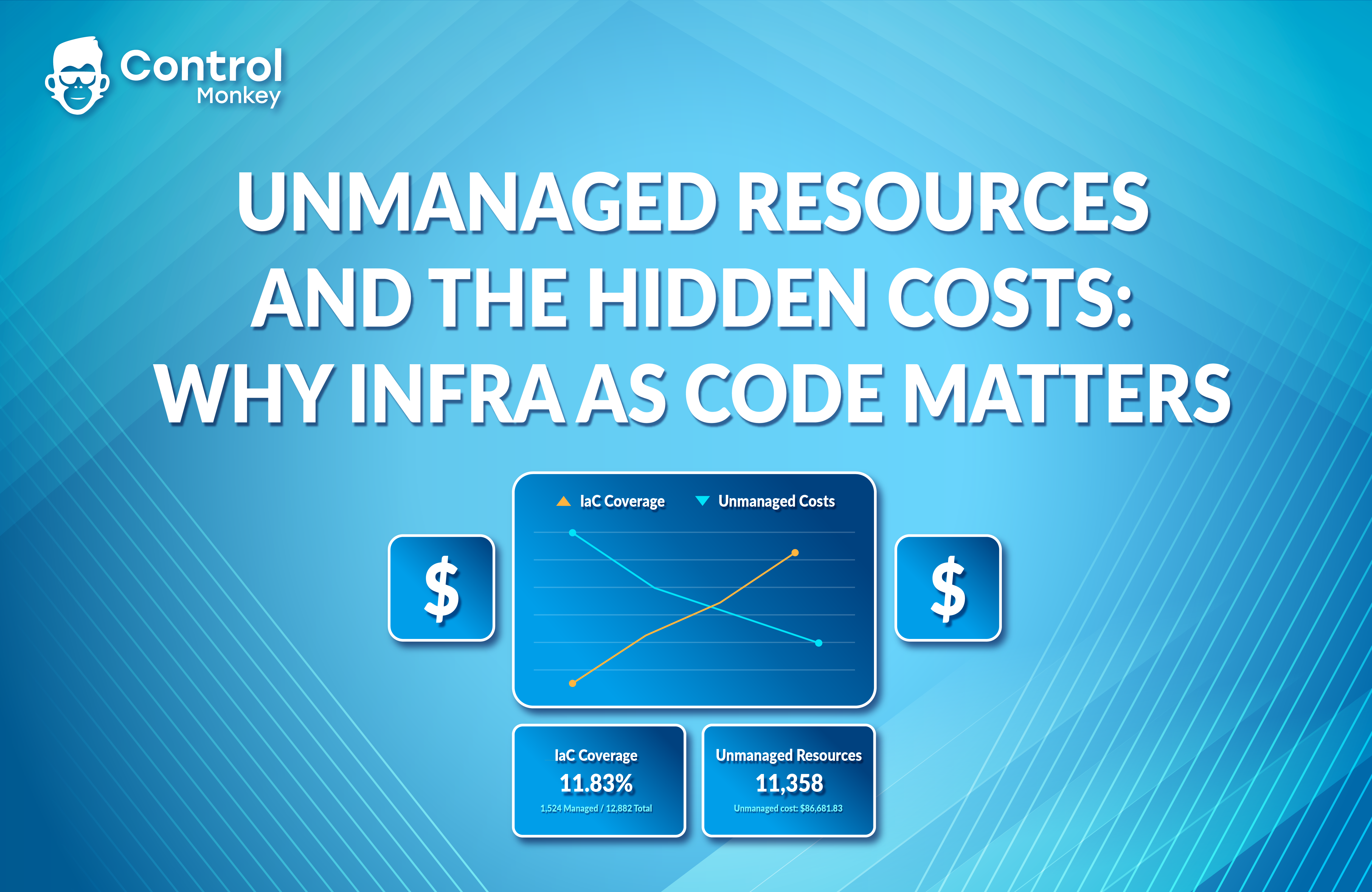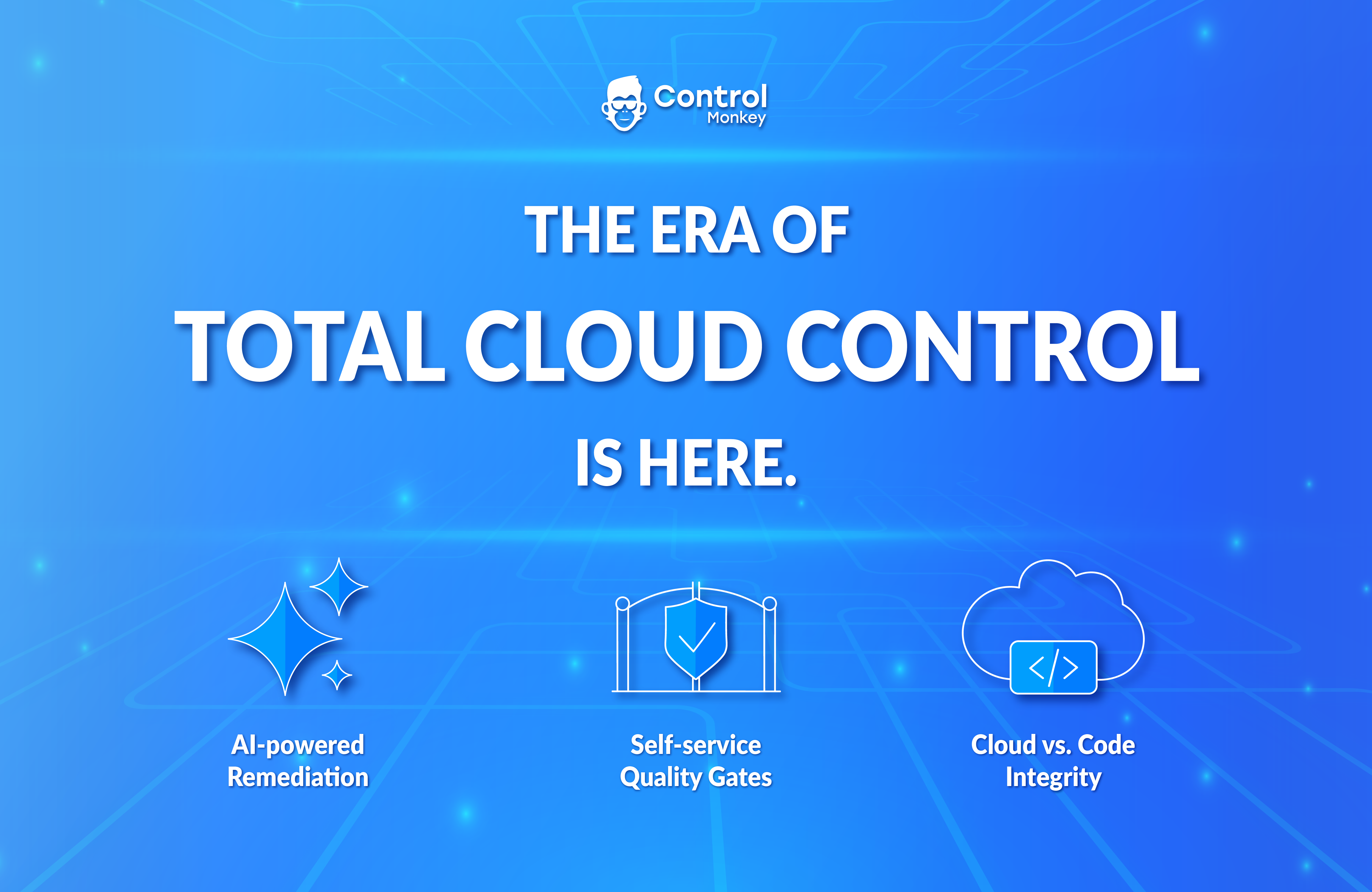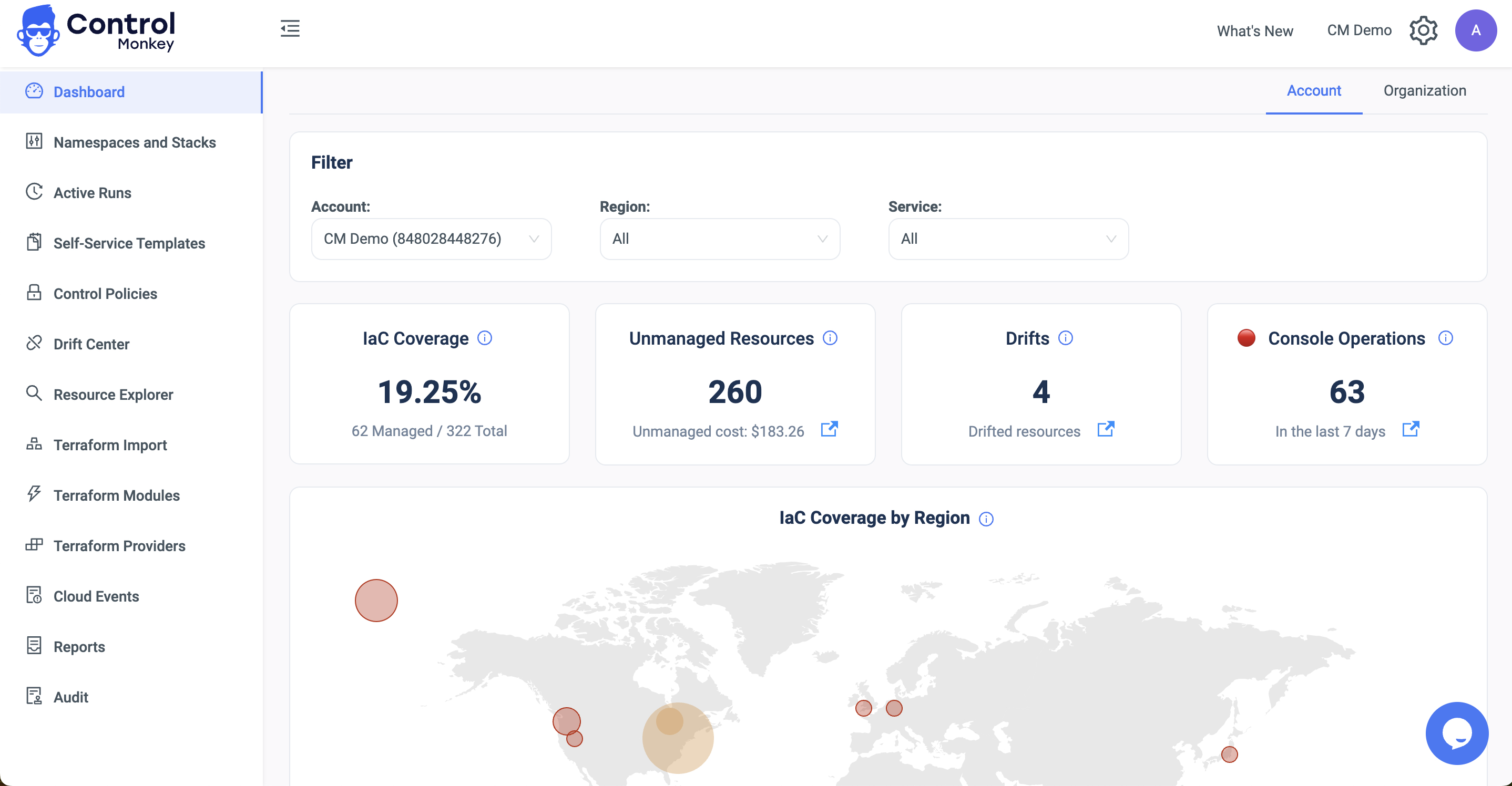Introduction:
Managing your resources efficiently has become a critical aspect of cost control and operational stability. Unmanaged resources are often overlooked, and their true cost implications can go unnoticed until they start to impact your organization.
In this blog post, we will delve into the concept of unmanaged resources and why they can lead to unmanaged and surprising costs. We’ll also explore how adopting Infrastructure as Code (IaC), specifically with tools like Terraform, can help organizations regain better control over their cloud infrastructure and spending.
Unmanaged Resources: A Costly Oversight
Unmanaged resources refer to cloud assets and services that exist within your cloud environment but are not managed by any defined configuration or infrastructure provisioning process. These resources are like the Wild West of your cloud infrastructure; no one has taken the time to establish what their desired state should be, leading to a host of issues.
- Unknown Sizing: When resources are left unmanaged, there is no clear definition of their ideal size or configuration. They could be over-provisioned, costing you more than necessary, or under-provisioned, resulting in degraded performance.
- Uncontrolled Changes: Tomorrow, someone within your organization might decide to enlarge these unmanaged resources without any checks or balances. This can lead to unexpected cost spikes and budget overruns.
- New Unmanaged Resources: Any team member can spin up new resources without following proper procedures. This leads to increased costs that were never accounted for.

The Power of Terraform and IaC
Now, let’s explore how Infrastructure as Code, specifically Terraform, can make a significant difference when managing your cloud resources and controlling costs.
- Pipeline-Based Management: With Terraform, you can manage your infrastructure changes through a pipeline, just like your application code. This approach ensures that every change goes through a standardized process, reducing the risk of unchecked resource growth.
- Enforce Cost Policies: You can define cost policies within your Terraform pipelines. For example, you can set a policy that prevents any cost increase of more than 25%. Additionally, you can allocate budgets according to ‘Terraform stacks,’ allowing you to monitor and control cloud spending at a granular level.
- Prevent Unauthorized Changes: In the Terraform CI/CD phase, any attempt to spin up resources that violate cost policies can be automatically halted. This level of control is not achievable when individuals provision resources directly through cloud consoles.
- Cost Awareness: Unmanaged resources often suffer from a lack of cost awareness. Engineers may not be aware of the financial implications of their actions. When you manage resources with Terraform, you can integrate tools like ‘Infracost’ into your pipeline, enabling engineers to see the cost of new resources before provisioning them.
Manage Resources with Terraform to Control Your Cloud Costs
In conclusion, unmanaged resources are synonymous with unmanaged costs. The first step in regaining better control over your cloud spending is to define which resources should be running and in what configuration. If unmanaged resources still lurk within your AWS account, it’s time to take action.
By adopting Infrastructure as Code, specifically with Terraform, you can establish clear governance, enforce cost policies, and create cost awareness within your teams. Don’t let unmanaged resources drain your cloud budget; it’s time to manage your cloud infrastructure efficiently and cost-effectively.
If you’re looking to shift to Terraform or increase Terraform coverage of existing environments, ControlMonkey Terraform Import Engine automatically generates Terraform Code and helps DevOps teams manage more cloud infrastructure in less time.
With ControlMonkey, you can also shift left Cost Policies and be more proactive about cloud costs in the CI/CD phase.













